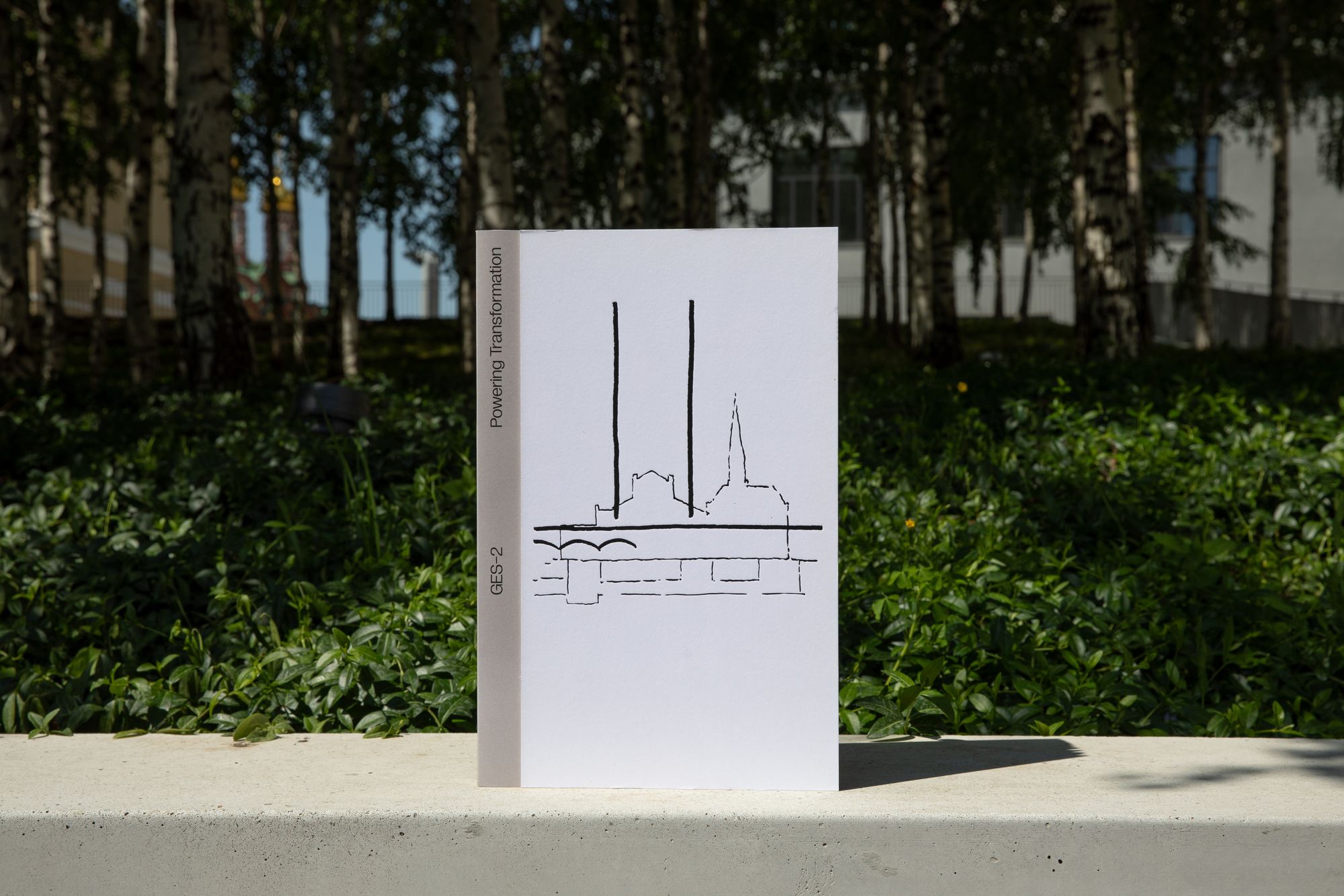GES-2: Energy of Transformations
A history of
The history of Moscow from 1907 to the present day is reflected in the fate of

This building is the merit of not only me, but also of many people who participated in the construction here at the beginning of the last century. And, of course, the merit of a bold visionary who, a hundred years later, bought it all to turn it into a cultural and museum ensemble. A real miracle has happened. In the old city center, there is a space open to the new. We, architects, produce buildings: they are born as children are born. And the only thing we care about is that our creation should be happy. And for that, it needs to be loved.
Ostrogorsky’s documentary chronicle is supplemented with a commentary by Renzo Piano, the mastermind behind the architectural reconstruction project, an explication of the objectives of
Alexander Ostrogorsky — journalist, architectural critic and teacher.
Yuri Palmin — an artist and photographer of architecture.